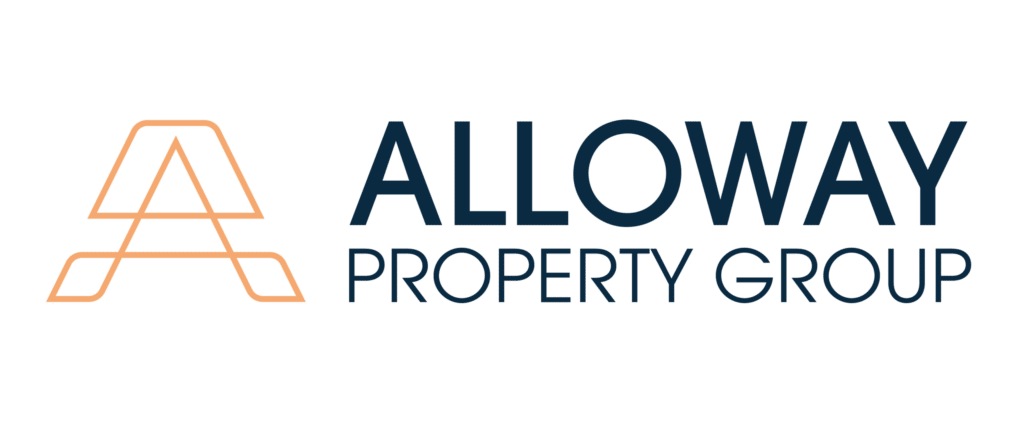When Florida voters approved the “Save Our Homes” amendment in 1992 (effective January 1, 1995) they created a constitutional safeguard for homesteaded homeowners, limiting how much their property’s assessed value can increase each year for tax purposes. Let’s break down how this protection works, and why homeowners, buyers, and real estate professionals should pay close attention.
On This Page
What It Does: Caps on Assessed Value Increases
Once your home qualifies for Homestead Exemption, the “Save Our Homes” cap limits annual increases in your assessed value to the lesser of:
- 3%, or
- The annual percentage change in the Consumer Price Index (CPI)
For example, if the CPI rises 4%, your assessment can only increase 3%; if CPI is 2%, your cap is 2%. Remember: this cap applies after the first year you receive Homestead Exemption; in that initial year, the assessed value is equal to market value.
Why It Matters: Tangible Tax Savings (and Portability)
Over time, this cap creates a growing gap between your home’s market value and its assessed value, which translates directly to lower property taxes. This accumulated benefit (known as the “SOH benefit”) can amount to tens of thousands of dollars in savings.
Additionally, Florida lawmakers have empowered homeowners to port (transfer) this benefit to a new homestead. Amendment 5 in 2020 extended the window for this transfer from 2 years to 3 years, with benefits typically totaling $25,000 to $50,000
Conditions and Important Caveats
But not all homeowners or properties are eligible. In order to qualify, certain Conditions must be met:
- Must Qualify for Homestead Exemption
- Only a property designated as a permanent primary residence and approved for Homestead Exemption can benefit. This means if you have purchased a property for investment purposes (regardless of long-term rental or short-term rentals like airbnb), it will not qualify.
- Improvements and Ownership Transfers Reset the Cap:
- Substantial additions or renovations can trigger a full reassessment at market value, removing the cap and potentially causing a dramatic tax spike. Similarly, when a property changes ownership, the new owner’s assessed value resets to market value, losing prior cap protection.
- Not a Cap on Taxes Themselves:
- The amendment does not limit the property tax rate (millage). Local governments can change the rate—and that still affects your bottom line.
- Non-Homestead Cap Exists—But Works Differently:
- For non-homestead properties, a separate cap limits assessed value increases to 10% annually, but it applies automatically and parts of it (like school taxes) may be excluded.
Final Thoughts
Florida’s “Save Our Homes” Amendment remains one of the most powerful tools protecting homeowners from tax volatility. By capping assessed value growth at 3% or CPI, it eases financial burdens over time. But without careful attention to homestead status, improvements, or ownership changes, its benefits can disappear swiftly. Real estate professionals and homeowners alike must stay informed—and proactive—to ensure these protections remain working for you.
